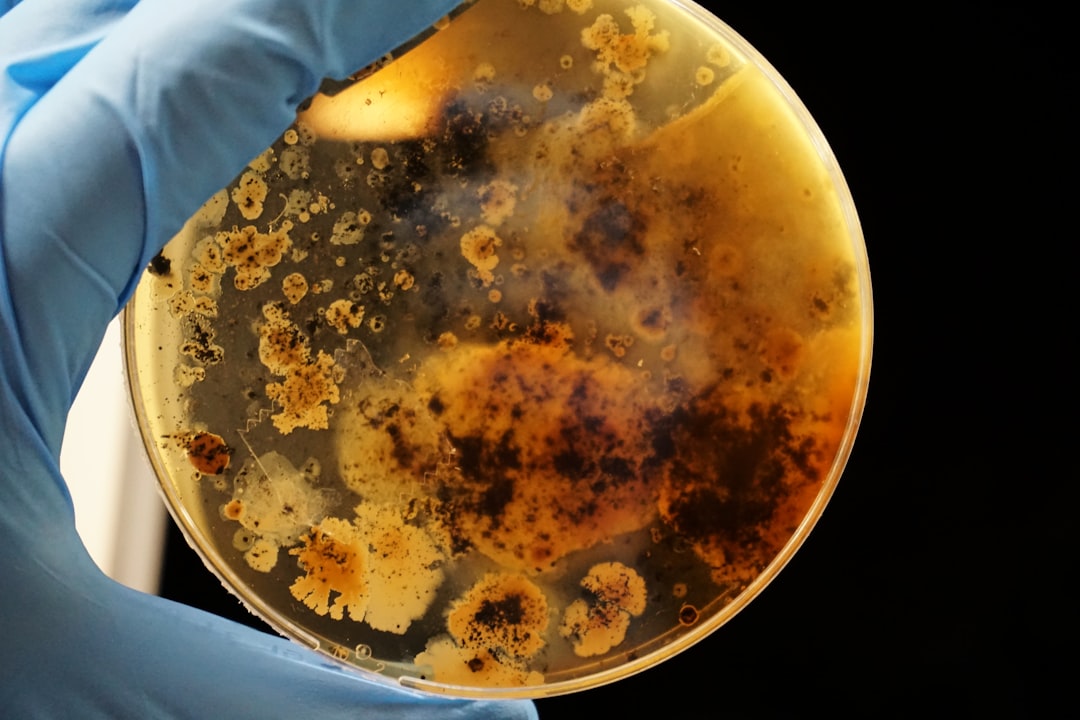What is it about?
OBJECTIVES: The aim of this study was to evaluate the analgesic and the anti-inflammatory activity of Opuntia microdasys at post flowering stage, F3 (OMF3) in rat and, in other hand, its antigenotoxic effects by the Allium cepa test. METHODS: OMF3 extracts were screened for activity of analgesic and anti-inflammatory using, respectively, the acetic acid writhing test in mice and the carrageenan-induced paw oedema assay in rats. The antigenotoxic has been evaluated by A. cepa test. KEY FINDINGS: OMF3 extracts showed a higher analgesic and anti-inflammatory activity at 100 mg/kg (72.03% and 70.11%) as determined by the tests of acetic acid-induced writhing and carrageenan-induced oedema, respectively. Furthermore, the OMF3 aqueous extracts have a preventive antimutagenic potential, at lower concentration (EC50 ≈ 60 μg/ml), against H2 O2 -mediated DNA damage in A. cepa root meristem cells with an efficient restoration of the mitotic index in comparison with controls. CONCLUSIONS: Based on this study, the flower of O. microdasys at post flowering stage may be use as an analgesic, anti-inflammatory and antimutagenic agents.
Featured Image
Read the Original
This page is a summary of: Activity of anti-inflammatory, analgesic and antigenotoxic of the aqueous flower extracts ofOpuntia microdasysLem.Pfeiff, Journal of Pharmacy and Pharmacology, April 2017, Wiley,
DOI: 10.1111/jphp.12734.
You can read the full text:
Contributors
The following have contributed to this page










